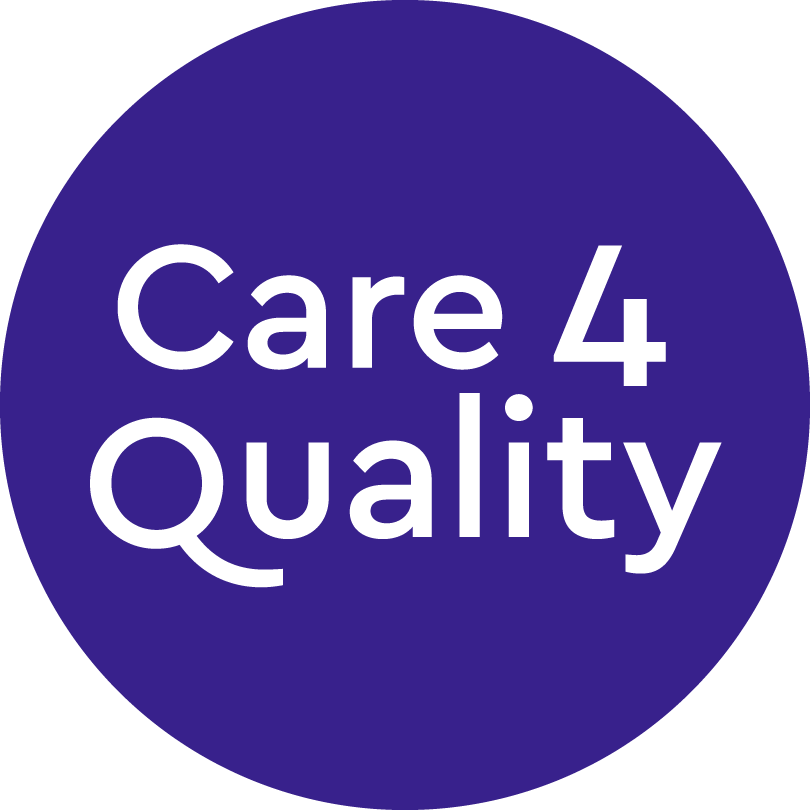Andy Fairman, Quality and Compliance Consultant at health and social care specialist Care 4 Quality, addresses the current pressures facing care homes and the considerations that need to be made to enable them to cope as the pandemic continues.
Social care services thrive off having interaction and support from family members and friends of residents. Yet due to their vulnerabilities, many residents have not been able to see or meaningfully engage with their loved ones for a long period of time. This has had an enormous impact on the social and emotional wellbeing of all people concerned. That all-important weekly visit, kiss on the cheek or drop off of a personal item gives so many people something to look forward to, while retaining that special connection and bond with their family. While care homes are becoming better equipped and more prepared to cope with the long slog of COVID-19, it is the emotional strain and impact on staff and residents that remains a constant pressure.
The lack of COVID testing is also a growing concern for many care homes across the country and, from a provider perspective, it attacks the very ability to operate efficiently when the safety of staff and residents is uncertain. Safety is the number one priority and worry for care home providers and any ambiguity around whether or not a member of staff or a resident has contracted the virus simply undermines their competence in providing well-led, safe care and support. Many providers will have fears about whether they would be able to operate safely should their entire team be hit by the virus. This also raises more anxious questions about the financial impact of closure and the viability of keeping doors open in the future.
ADMISSIONS
Admissions into social care from healthcare services are, of course, essential at the moment. The two are mutually exclusive and will only work effectively when they work together. The necessity remains that care homes need financial assistance to keep that network of community placements going with varied providers, and this comes as a result of stable occupancy, but also and most importantly that only works if discharges from hospital are completely safe and supported by a negative test.
Care homes cannot simply adopt a knee-jerk reaction to forcing people out of hospital in a bid to keep them safe; if we go down that route, we risk infecting and losing others in the services that those admissions have gone to.
STAYING CONNECTED
At this time of year, we face the added challenge of winter weather and that often precludes the use of outside spaces. Some larger care homes will be able to repurpose indoor space for the purposes of visitors, but many services are small and cannot simply create adequate visitor rooms.
Local community spaces can be explored in some areas, as long as infection-control processes are followed. Utilizing technology, such as Microsoft Teams, Zoom, and other apps, can be massively useful and can add that ‘human touch’ by having a quality, albeit virtual, face-to-face call. Thought can also be given to how other members of the workforce can be re-deployed to manage this communication as a regular occurrence between families and staff, thus not adding yet another task for staff to complete.
TRAINING OUTLOOKS
Training staff has also been difficult during the high-pressured period of the pandemic and e-learning is just one of the options for care homes. While we ‘tick a box’ and meet a need, the risk remains that we aren’t embedding quality practices and ensuring that people have the right skills and knowledge to keep others safe when offering care and support. We need to engage with the workforce more regularly to seek their solutions, but also to work collaboratively with each other to share training costs and reduce waste.
Some courses, such as first aid and moving and handling, for example, should only be taught in person and we need to accept that. Although these courses have to recommence, they have to be executed in the right way to achieve the best outcomes. These kinds of face-to-face courses can be delivered safely, so long as we follow safe precautions. Training is perhaps now more important than ever, so it is not the time to put it on the back burner.
One of the biggest trends we’ve seen nationwide is that of supervision and training. While it’s easy to put this down as ‘paperwork’ and focus on delivering support, what we are missing is the check that people are safe and have the suitable skills to work, and continue to work, with vulnerable adults.
Supervision is a fantastic development tool to enable protected time to support an employee’s wellbeing. Removing that support mechanism adds further pressure to an already tired workforce. Training and suitability of staffing must remain a key priority to operate not only safe and effective services but to ensure that our workforce feels supported and skilled to do the monumental tasks our society is asking of them.
Andy Fairman
This article and others can be found in the digital care magazine, tomorrow’s care
